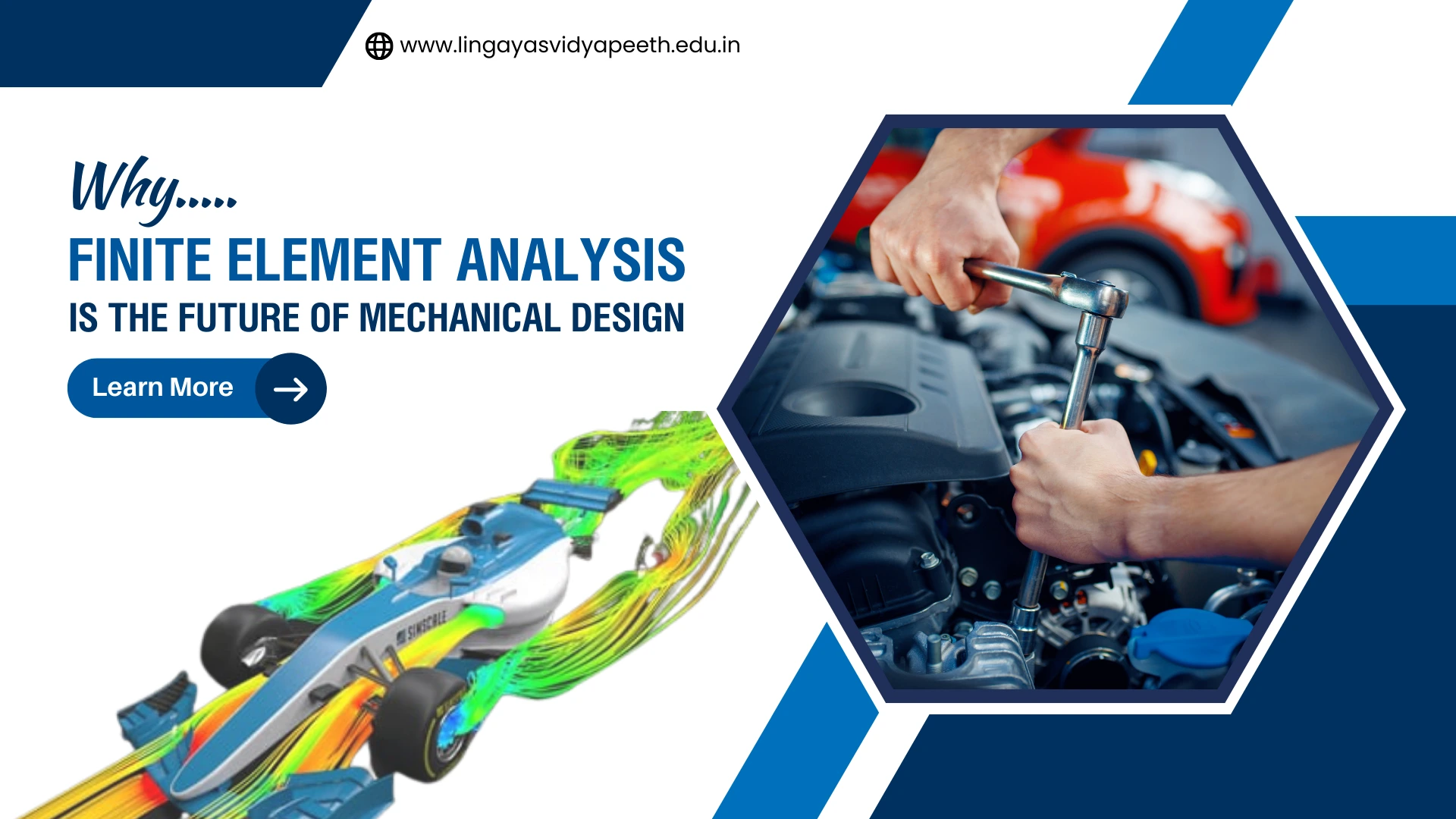Home » Finite Element Analysis (FEA): The Digital Backbone of Mechanical Engineering

Finite Element Analysis (FEA) is a computational tool that has transformed how mechanical engineers develop and assess products. By dividing complicated structures into smaller, simpler pieces, FEA enables engineers to forecast how these structures would react under different conditions. It’s like having a digital crystal ball that can predict possible issues before they happen in the real world.
Imagine a complicated construction, such as a vehicle frame. FEA breaks this frame into thousands of small components, each having distinctive attributes. These parts are interconnected, and engineers may model how the frame will respond to forces like as collisions or weight distribution using mathematical equations and processing power.
The process consists of multiple steps:
FEA offers a broad variety of applications in mechanical engineering:
Magnetic Levitation Technology Matters in Modern Mechanical Engineering
While FEA is a very effective tool, it is not without drawbacks. Accurate modeling involves expertise, and complicated simulations can be computationally demanding. FEA results must also be validated by physical testing.
Despite these challenges, the future of FEA seems promising. Advances in processing power and simulation software are broadening the potential of this technology. Engineers are investigating novel uses, including additive manufacturing, biomechanics, and nanotechnology.
Biomimicry Changes the Future of Robotics – Guide Here!
While the key concepts of FEA are unchanged, engineers have created additional techniques to handle specific issues and enhance accuracy:
In conclusion, FEA has become an essential tool for mechanical engineers, allowing them to develop novel and reliable products. As technology advances, FEA will become increasingly crucial in shaping the future of engineering and design.
Are you interested in pursuing a MTech in Mechanical Engineering from one of the leading universities in Delhi NCR? Look no further, Lingaya’s Vidyapeeth is the perfect choice for you. We offer a cutting-edge curriculum, expert faculty, modern facilities and industry collaborations, empowering you to become a future leader in the field of mechanical and automobile engineering.
From
Mr. R K Deb
Assistant Professor
Department of Mechanical Engineering
Lingaya’s Vidyapeeth
Top Mechanical Engineering Colleges in Delhi NCR
RECENT POSTS
CATEGORIES
TAGS
Agriculture Agriculture future AI Architecture artificial intelligence BA English BA Psychology BTech Engineering Business management career Career-Specific Education career guide Career Opportunities career option career scope Civil engineering commerce and management Computer Science Computer science engineering Data science degree education Engineering engineering college Engineering students English Literature english program Exam tips Fashion Design Fashion design course Higher Education Journalism journalism and mass communication law Law career Machine Learning MA Psychology Master degree mathematics MBA Mechanical Engineering Pharmacy Psychology Research and Development students
University Address: Nachauli, Jasana Road, Faridabad, Haryana
Toll Free: 1800-120-4613
Mobile : 8447744303 | 8447744304 | 8447744306 | 8447744309
Address: C-72, Second Floor, Shivalik, Near Malviya Nagar,
Above HDFC Bank, New Delhi 110017
Ph.No. - 011-46570515 / 45138169 / 41755703 / +91-7303152412
Jagmani Kutir, Ground Floor, Road No-1, Rajeev Nagar,
Near Darbar Marriage Hall, Patna-800024, Bihar
Contact No: 9818352069/8130120095
Mail: kanhaiya@lingayasvidyapeeth.edu.in
Copyrights © 1998 - 2025 Lingaya's Vidyapeeth (Deemed To Be University). All rights reserved.
It is important to note that the following email IDs and domains are fraudulent and do not belong to our university.
LV only conducts physical/online verification of any document related to examination on the following email id: